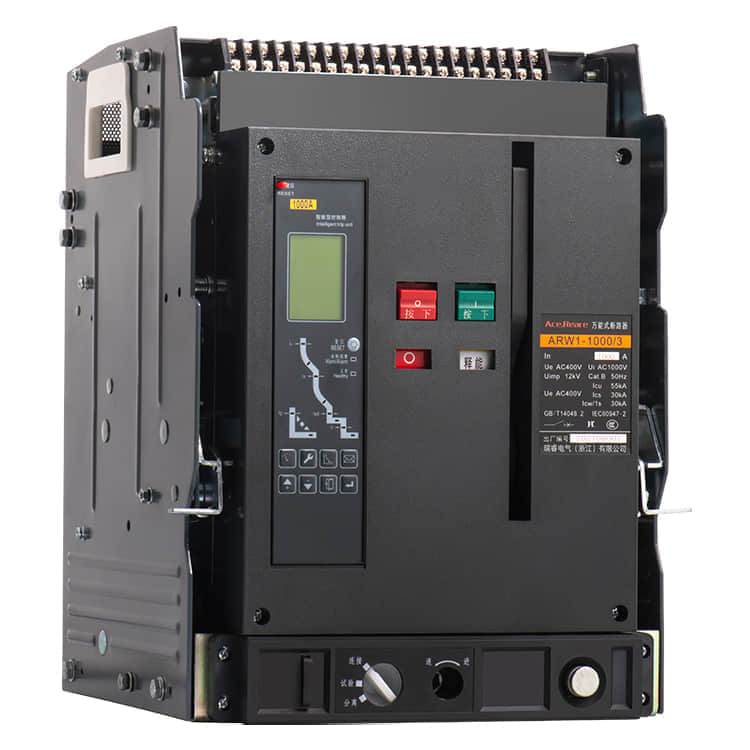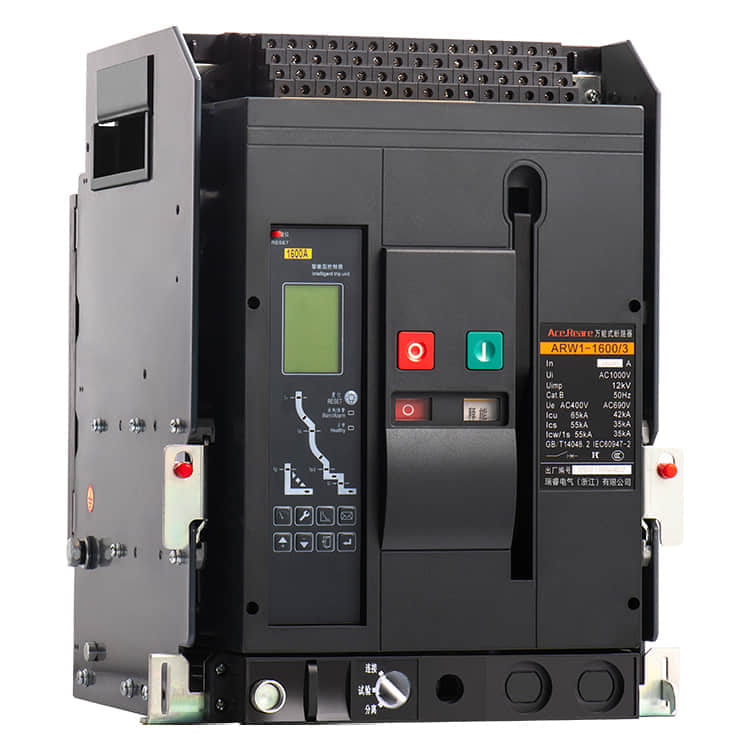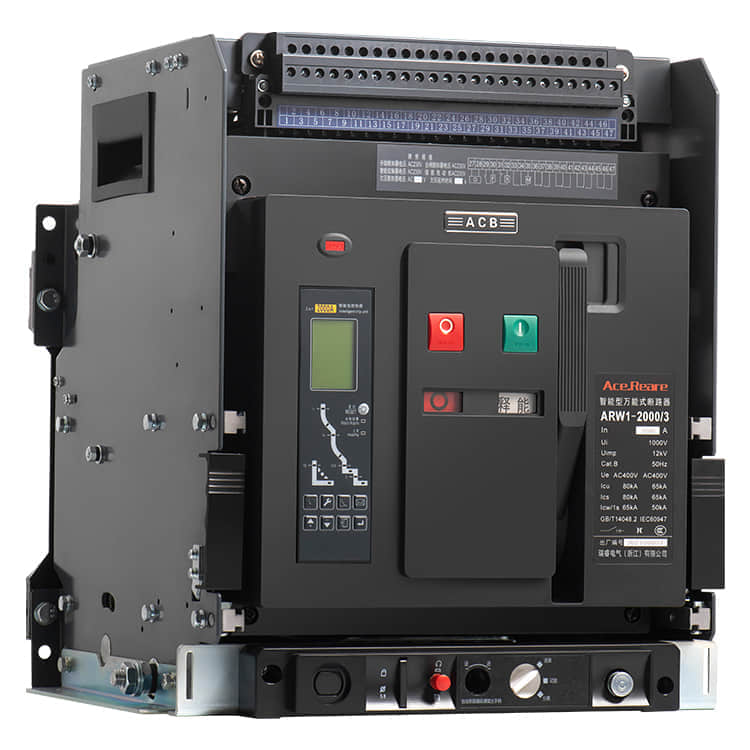ACB Breakers: A Vital Component in Electrical Systems

In the world of electrical engineering, safety and reliability are paramount. To ensure the seamless operation of electrical systems and protect against potential hazards, various components play a crucial role. Among these, Air Circuit Breakers (ACBs) stand out as essential devices. In this article, we will delve into the world of ACB breakers, exploring their purpose, functioning, and importance in electrical systems.

What is an ACB Breaker? An ACB breaker is an electrical switch designed to protect electrical circuits from overcurrent or short circuit faults. It serves as a vital safety mechanism in electrical systems, preventing damage to equipment and minimizing the risk of electrical fires. ACB breakers are commonly used in industrial and commercial settings where large amounts of electrical power are involved. How Does an ACB Breaker Work? ACB breakers work based on the principle of electromagnetism. When an excessive current flows through the circuit, the breaker’s electromagnetic coil generates a magnetic field. This magnetic field, in turn, exerts a force on the internal contacts of the breaker. When the current exceeds the preset threshold, the force becomes strong enough to pull the contacts apart, interrupting the electrical circuit. This rapid interruption of the current flow prevents damage to the equipment and ensures the safety of the electrical system. Key Features and Components Adjustable Trip Settings: ACB breakers come with adjustable trip settings, allowing engineers to customize the protection level according to the specific requirements of the electrical system. Protection Coordination: ACB breakers are often used in conjunction with other protective devices, such as relays and fuses, to achieve coordinated protection. This ensures that only the faulty part of the system is isolated, minimizing downtime during electrical faults. Current Sensing Mechanism: These breakers incorporate current sensors to constantly monitor the current passing through the circuit. If an abnormal increase is detected, the breaker acts swiftly to disconnect the circuit. Built-in Protection Functions: Many ACB breakers include built-in protection functions such as short-circuit protection, overload protection, and ground fault protection. Advantages of ACB Breakers Highly Reliable: ACB breakers are known for their reliability and robust construction, making them suitable for demanding industrial environments. Easy Maintenance: These breakers are designed for ease of maintenance, with features like easily accessible components and clear indicators for fault diagnosis. Customizable: ACB breakers can be tailored to suit specific applications by adjusting their settings, making them versatile for a wide range of industries. Longevity: When properly maintained, ACB breakers have a long service life, providing sustained protection for electrical systems. Applications of ACB Breakers ACB breakers find application in various industries, including: Manufacturing: ACB breakers are essential for protecting machinery and equipment in manufacturing plants. Commercial Buildings: They ensure the safety of electrical systems in office buildings, shopping malls, and hotels. Power Generation: ACB breakers are used in power plants to safeguard critical electrical infrastructure. Data Centers: These breakers are vital in data centers, where uninterrupted power supply is crucial. In conclusion, Air Circuit Breakers (ACBs) play a pivotal role in ensuring the safety and reliability of electrical systems in a wide range of industries. Their ability to quickly interrupt excessive currents and their customizable settings make them a preferred choice for engineers and electricians worldwide. Understanding the importance of ACB breakers is fundamental to maintaining electrical system integrity and safeguarding valuable assets.
